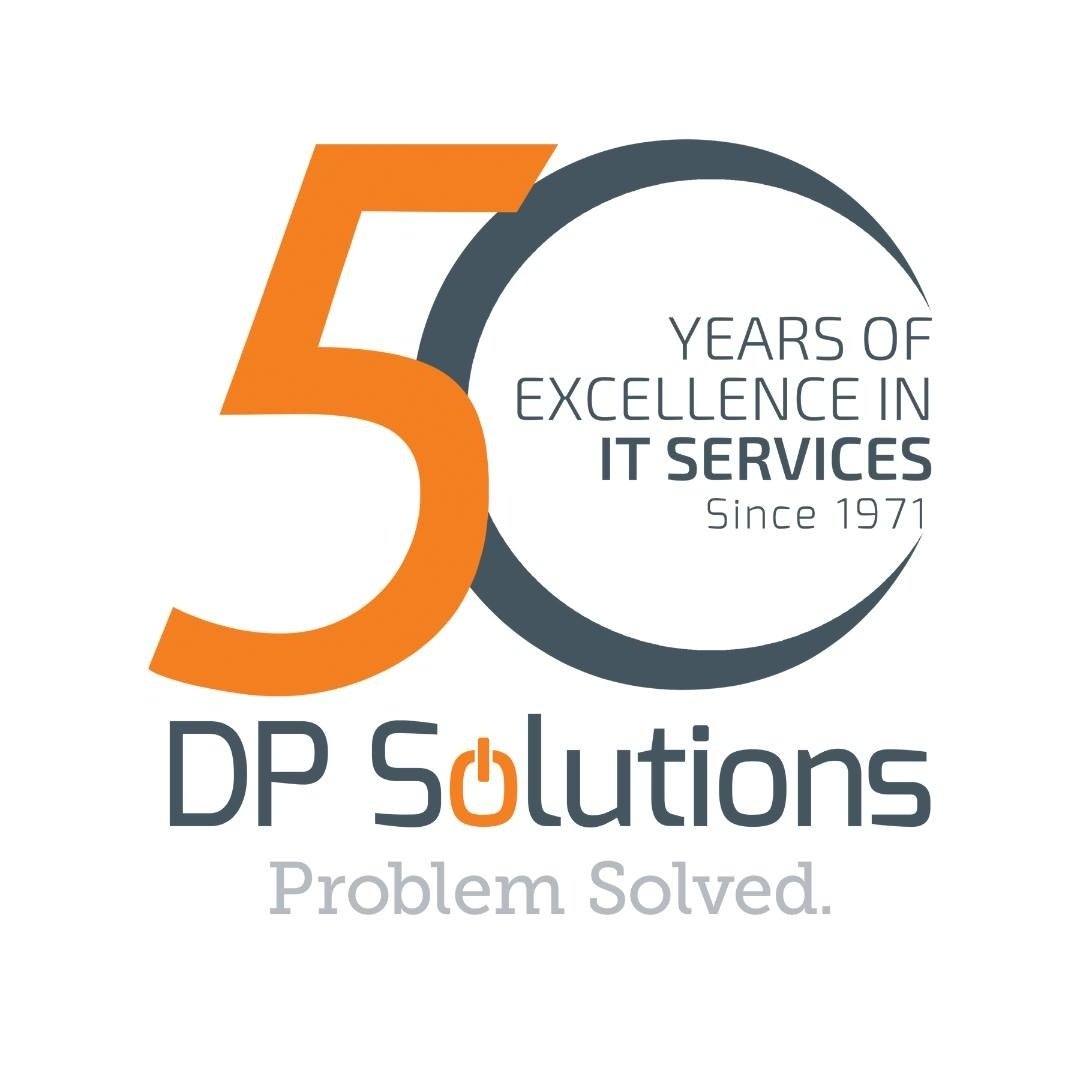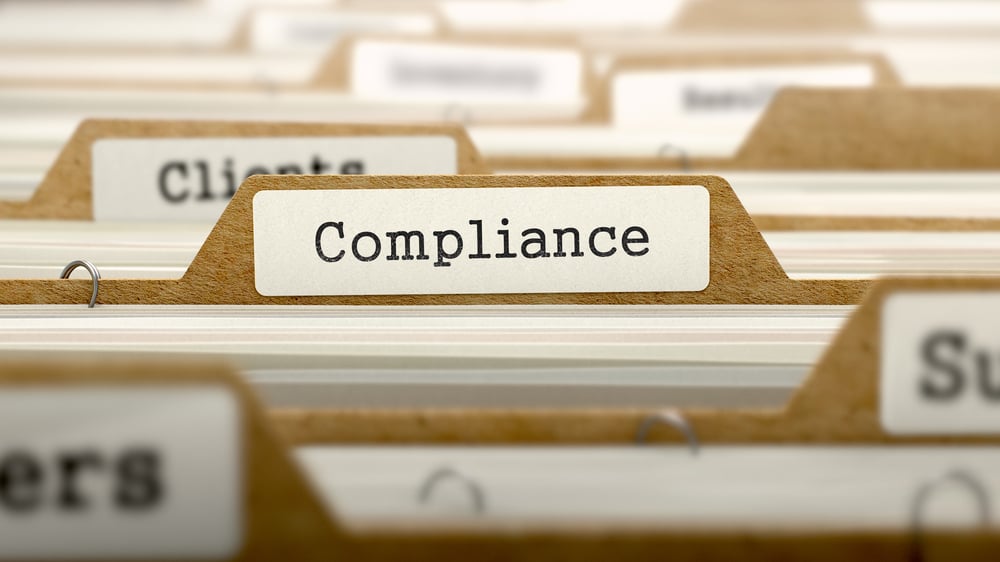Navigating the Cybersecurity Maturity Model Certification (CMMC) Landscape

March 28, 2024

In today's digital age, cybersecurity is paramount, especially for organizations identified as a government contractor. With an ever-evolving threat landscape, the DoD introduced the Cybersecurity Maturity Model Certification (CMMC) to enhance the protection of sensitive information within its supply chain. In this blog post, we'll delve into what CMMC is, its significance, and how organizations can navigate the certification process effectively.
What is a Government Contractor?

A government contractor is a private-sector entity or organization that enters into agreements or contracts with a government agency to provide goods, services, or expertise. These contracts can vary widely in scope and may involve anything from construction projects and infrastructure development to the provision of technology solutions, consulting services, or even a furniture or coffee supplier.
Government contractors play a crucial role in supporting government operations and fulfilling various needs and requirements across different sectors, including defense, healthcare, education, transportation, and more. They are subject to specific regulations and standards, depending on the nature of the contract and the government agency involved.
Understanding CMMC

The Cybersecurity Maturity Model Certification (CMMC) is a unified standard designed to assess and enhance the cybersecurity posture of organizations participating in DoD contracts. It replaces the self-attestation model with third-party certification to ensure that contractors adhere to specific cybersecurity practices and controls appropriate to their level of engagement with controlled unclassified information (CUI).
Why CMMC Matters
The implementation of CMMC is crucial for several reasons:
- Protecting Sensitive Information: CMMC aims to safeguard sensitive defense information and protect it from adversaries, ensuring the integrity and confidentiality of data across the supply chain.
- Standardized Framework: By providing a standardized framework, CMMC streamlines cybersecurity requirements for contractors, reducing ambiguity and enhancing clarity regarding compliance expectations.
- Enhancing National Security: Strengthening cybersecurity practices within the defense industrial base bolsters national security by mitigating the risk of data breaches and cyberattacks that could compromise critical defense systems and information.
Navigating the CMMC Levels

CMMC consists of five maturity levels, each building upon the requirements of the previous level. These levels range from basic cybersecurity hygiene to advanced practices tailored to protect against sophisticated threats.
Here's a brief overview:
Level 1 - Basic Cyber Hygiene: Focuses on safeguarding Federal Contract Information (FCI) and implementing basic cybersecurity practices.The primary objective of Level 1 is to establish foundational cybersecurity practices that lay the groundwork for protecting sensitive information. Organizations at this level are primarily concerned with safeguarding Federal Contract Information (FCI), which includes information provided by or generated for the government under contract, not intended for public release.
Level 2 - Intermediate Cyber Hygiene: Adds practices for the protection of Controlled Unclassified Information (CUI) and requires documentation of policies and practices.
CMMC Level 2, also known as Intermediate Cyber Hygiene, marks a significant step forward in cybersecurity maturity for organizations engaging with Department of Defense (DoD) contracts. At this level, the focus expands beyond safeguarding Federal Contract Information (FCI) to include the protection of Controlled Unclassified Information (CUI). Level 2 requires organizations to establish and document standardized cybersecurity practices, ensuring consistency in their implementation across the enterprise.
Key practices at this level include:
- Access control
- Incident response
- Security training
- Configuration management
Achieving Level 2 certification demonstrates an organization's commitment to strengthening its cybersecurity posture and ability to protect sensitive information critical to DoD operations.
Level 3 - Good Cyber Hygiene: Incorporates additional security measures to protect CUI and requires the establishment of a comprehensive cybersecurity program.
CMMC Level 3 represents a significant milestone in cybersecurity maturity, as it requires organizations to implement comprehensive and proactive security measures to protect CUI. At this level, organizations must establish a robust cybersecurity program that encompasses not only the foundational practices of Level 1 and 2 but also additional security controls tailored to their specific operational environment.
These controls include:
- Network protection
- Data encryption
- Continuous monitoring
- Incident response planning
Achieving Level 3 certification demonstrates an organization's capability to safeguard sensitive information effectively, mitigate cybersecurity risks, and maintain a proactive stance against evolving threats. It signifies a commitment to meeting the stringent cybersecurity requirements of Department of Defense (DoD) contracts and underscores the organization's dedication to protecting national security interests.
Level 4 - Proactive: Implements advanced security practices to protect CUI from advanced persistent threats (APTs).
CMMC Level 4 represents an advanced stage of cybersecurity maturity, where organizations implement heightened security measures to protect Controlled Unclassified Information (CUI) against persistent and sophisticated threats. At this level, organizations go beyond the requirements of Level 3 and focus on enhancing their cybersecurity capabilities to defend against advanced persistent threats (APTs).
Key practices at Level 4 include:
- Advanced network security measures
- Threat hunting
- Secure configuration management
- Real-time incident response capabilities
Achieving Level 4 certification demonstrates an organization's proactive approach to cybersecurity, its ability to detect and respond to emerging threats promptly, and its commitment to maintaining the highest standards of data protection required for Department of Defense (DoD) contracts.
Level 5 - Advanced / Progressive: Represents an organization's ability to optimize its cybersecurity practices and adapt them to emerging threats continually.
CMMC Level 5 represents the pinnacle of cybersecurity maturity, where organizations demonstrate an exceptional ability to protect CUI against the most sophisticated and advanced cyber threats. At this level, organizations not only meet but exceed the requirements of Level 4 by implementing cutting-edge security practices and continuously evolving their cybersecurity capabilities to stay ahead of emerging threats.
Key practices at Level 5 include:
- Advanced threat intelligence integration
- Continuous monitoring and assessment
- Rapid incident response
- Adaptive security controls
Achieving Level 5 certification signifies an organization's unwavering commitment to cybersecurity excellence, its ability to adapt to evolving threats, and its readiness to defend against the most sophisticated cyber adversaries. It reflects the highest level of assurance for Department of Defense (DoD) contracts, demonstrating the organization's capability to safeguard sensitive information critical to national security.
Navigating the Certification Process

To achieve CMMC certification, organizations must undergo an assessment conducted by accredited third-party assessment organizations (C3PAOs). The process involves:
- Preparation: Understand the requirements of the desired CMMC level, conduct gap assessments, and implement necessary controls and practices.
- Assessment: Engage with a C3PAO to undergo a formal assessment of compliance with CMMC requirements.
- Remediation: Address any identified deficiencies or gaps in cybersecurity practices to align with CMMC requirements.
- Certification: Upon successful assessment, receive certification at the appropriate CMMC level, demonstrating compliance with DoD cybersecurity standards.
Conclusion
In today's digital landscape, cybersecurity is not merely a compliance requirement but a fundamental aspect of national security. CMMC represents a significant step forward in fortifying the defense industrial base against cyber threats. By understanding the levels of CMMC, preparing adequately, and engaging with certified assessors, organizations can navigate the certification process effectively and contribute to a more secure defense ecosystem.
Does your organization need help navigating CMMC? Contact us for a complimentary compliance consultation.
Comments